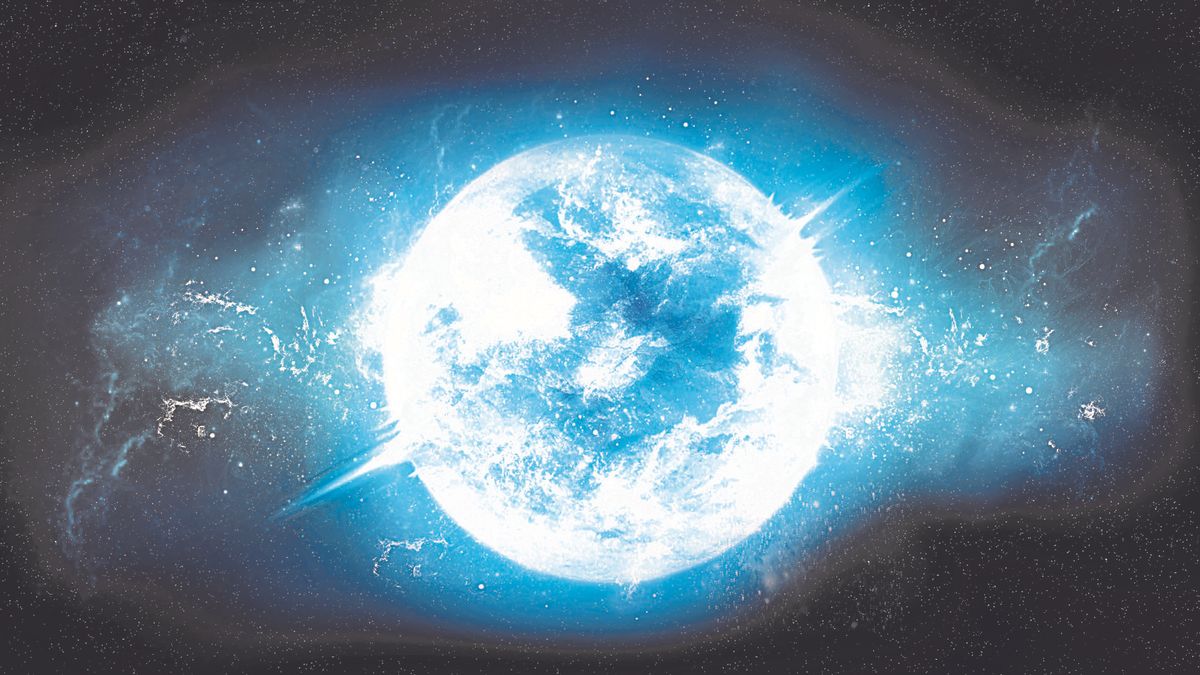White Dwarf
About
-
- A white dwarf is the core left behind after a dying star has exhausted its nuclear fuel and expelled its outer layers to form a planetary nebula. It is the most common type of stellar remnant (the remains of a star after it has died).
- A planetary nebula is a region of cosmic gas and dust formed from the cast-off outer layers of a dying star.
- White dwarfs are extremely dense end-states of stars that have collapsed.


- Stars with a mass less than eight times the Sun’s end their lives as a white dwarf.
| Did you know?
Black holes are the remnants of extremely massive stars (greater than eight times the mass of the sun) while white dwarfs are the remnants of intermediate and low mass stars. |
-
- White dwarfs no longer support nuclear fusion reactions that generate energy, but they are still extremely hot. They cool over time and it is predicted that they would ultimately form black dwarfs.
- A black dwarf is all that is left after a white dwarf star burns off all of its heat, but retains its mass.
- It is nearly impossible to see because it emits no radiation.
- The luminosity of white dwarfs can therefore be used by astronomers to measure how long ago star formation began in a particular region.
- By providing important fossil records of the stars that they formed from, white dwarfs are an important cosmological tool.
- In 2006 Hubble was the first telescope to directly observe white dwarfs in globular star clusters.
Why in News?
- Scientists have discovered a planet, with mass about 1.9 times that of the earth orbiting a white dwarf about 4,200 lightyears away from our Solar System near the bulge at the center of the Milky Way galaxy.
Subscribe
Login
0 Comments
